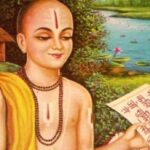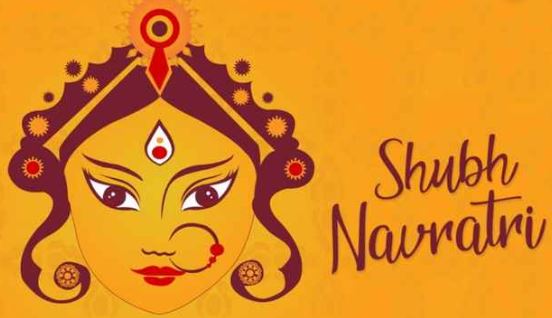On the Nikini Full Moon Poya Day, the first Dharma Sangayana, or a convocation for the defense of the Buddhist cannon, took place three months after the “Parinibbana” Buddha. The first convocation or Dharma Sangayana was immediately induced by the actions of a monk by the name of Subaddha after Parinibbana of the Enlightened One.
In Year 2020 , Nikini Full Moon Poya Day will be observed on 3rd August.
The key occurrence on Nikini Full Moon Poya Day was the creation of Maha Kassapa’s first Sangha Council.

Nikini Full Moon Poya Day focuses on four important events in the Buddhist history.
Acquisition of Arahat by the Buddha Chief Assistant, Ananda Maha Thera, the beginning of the first Dhammas Sangayana, the convocation by those who had not begun their stay in Esala Full Moon Day of Buddhism, and Pasu Vas or the beginning of the Vas Era.
On Nikini Full Moon Day, the Buddhist monks begin Vas in line with the act called Santhaha Karanaya. The conditions that contributed to the introduction of Santhaha Karanaya were the difficulties caused by rain to the Bhikkhus.
The word ‘Vas’ means rain and ‘Viseema’ means residence. Therefore ‘Vas Viseema’ means the stay of the three-month rainy season that begins on Esala Full Moon Poya Day. The vas began this day and is referred to as ‘Purmikawa’ or Pera Vas. Yet Buddhist monks who fail to start their vas on Esala Full Moon Poya Day will be allowed to begin observing Vas on Nikini Full Moon Poya Day. The late beginning of the Vas or rainy season is known as ‘Pasu Vas.’
King Bimbisara asked Buddha the day before the Nikini Full Moon Poya Day to stay with him for the rainy season – Rajagahanuwara from the Nikini Full Moon Poya Day. This invitation was accepted by the Lighted One. ‘Pasuvas’ or the Nikini Full Moon Poya rainy season tradition came into being in that way. Bhikkhus who does not start Vaswiseema or stay for the rainy season from the Esala Full Moon Poya Day can thus stay from the Nikini Full Moon Poya Day for the Vassana Kala.















